The “check engine” light. For many car owners, it’s a source of dread, confusion, and often, unnecessary expense. But what if you could understand those cryptic car codes yourself? That’s where an Obd2 Universal Diagnostic Scan Tool Auto Code Reader comes in. This powerful yet user-friendly device empowers you to become your own mechanic, saving time and money in the process.
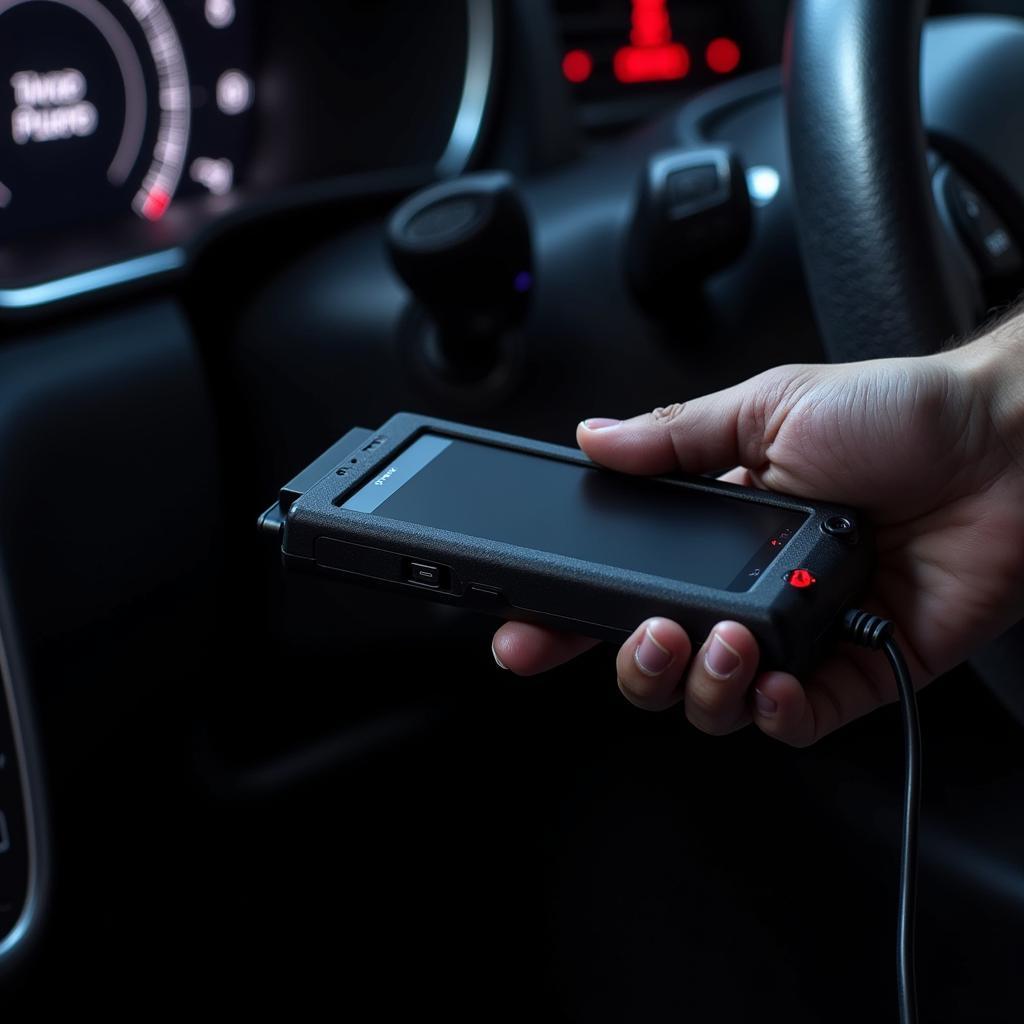 Car with OBD2 Scanner Connected
Car with OBD2 Scanner Connected
Understanding Your Car’s Language
Think of your car’s computer system as its brain, constantly monitoring various systems and sensors. When something goes wrong, it logs a Diagnostic Trouble Code (DTC) in its memory. An OBD2 scanner acts as the interpreter, translating these codes into understandable terms.
These codes, often starting with a letter like “P” for powertrain or “C” for chassis, followed by four digits, provide specific clues about the issue. For example, P0420 indicates a problem with the catalytic converter system.
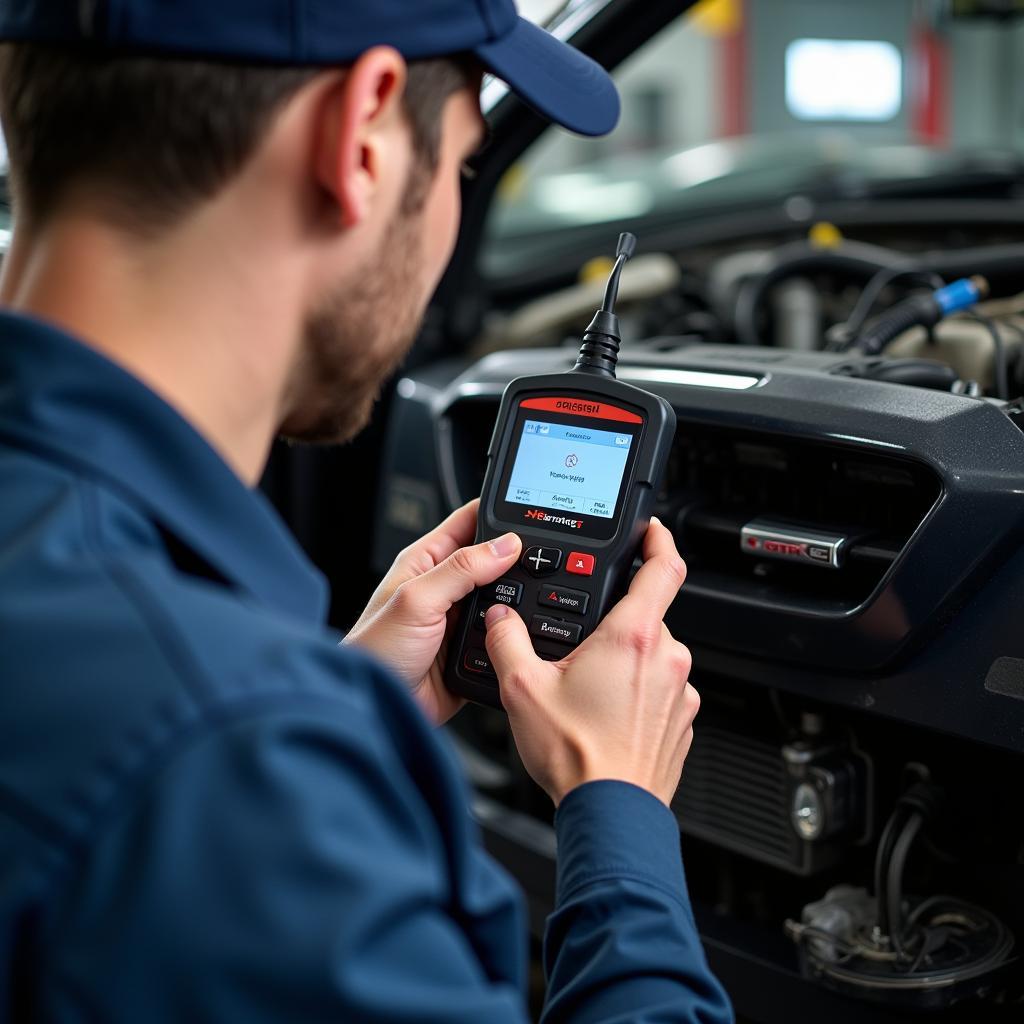 Mechanic Diagnosing Car Problem with OBD2 Scanner
Mechanic Diagnosing Car Problem with OBD2 Scanner
Choosing the Right OBD2 Scanner
Not all OBD2 scanners are created equal. They range from basic code readers available online or at auto parts stores to advanced professional-grade tools.
- Basic Code Readers: These affordable options are perfect for DIY enthusiasts who want to read and clear basic engine codes. They’re ideal for identifying simple issues like a loose gas cap or a faulty oxygen sensor.
- Mid-Range Scanners: These versatile tools offer more features, such as live data streaming, allowing you to view sensor readings in real-time. They’re a great choice for those who want more in-depth diagnostics and troubleshooting capabilities.
- Professional-Grade Scanners: These high-end scanners offer the most comprehensive functionality, including bi-directional control, allowing you to perform tests on various components. They’re typically used by professional mechanics and experienced DIYers.
Benefits of Owning an OBD2 Scanner
Investing in an OBD2 scanner offers several advantages:
- Save Money: By identifying problems early, you can address minor issues before they escalate into expensive repairs.
- Avoid Unnecessary Trips: With an OBD2 scanner, you can often diagnose issues yourself, saving trips to the mechanic.
- Gain Peace of Mind: Knowing you have a tool to understand your car’s warning signs provides peace of mind, especially on long trips.
- Increased Control: An OBD2 scanner empowers you to make informed decisions about your car’s maintenance and repairs.
“An OBD2 scanner is an invaluable tool,” says John Smith, a seasoned automotive engineer with over 20 years of experience. “It’s like having X-ray vision into your car’s health, allowing you to catch problems early and avoid costly surprises down the road.”
Using an OBD2 Scanner: A Simple Guide
Using an OBD2 scanner is generally straightforward:
- Locate the OBD2 Port: This trapezoidal port is usually located under the dashboard on the driver’s side.
- Plug in the Scanner: Turn the ignition to the “on” position (without starting the engine).
- Read the Codes: Follow the on-screen prompts to read the stored codes.
- Interpret the Codes: Use the scanner’s manual or an online resource to understand the code definitions.
- Clear the Codes: After addressing the issue, clear the codes using the scanner.
 OBD2 Scanner Displaying Diagnostic Codes
OBD2 Scanner Displaying Diagnostic Codes
Beyond Basic Diagnostics
Advanced OBD2 scanners offer even more capabilities, such as:
- Live Data Streaming: Monitor real-time sensor data like engine RPM, coolant temperature, and oxygen sensor readings.
- Freeze Frame Data: Capture a snapshot of the engine’s operating conditions at the time a fault code was stored.
- Component Testing: Perform tests on various components, such as activating solenoids or cycling the EVAP system.
OBD2 Scanners: Essential for Modern Car Owners
In an era of increasingly complex vehicles, an OBD2 universal diagnostic scan tool auto code reader is no longer just a tool for mechanics. It’s an essential tool for any car owner who wants to understand, maintain, and protect their investment.
FAQ
1. Will any OBD2 scanner work with my car?
Most OBD2 scanners are compatible with vehicles sold in the United States after 1996, but it’s always best to check the scanner’s specifications and your car’s compatibility.
2. Can I fix any problem myself with an OBD2 scanner?
While an OBD2 scanner helps identify issues, it’s crucial to remember it doesn’t fix them. Some repairs may require professional assistance.
3. Do I need a professional-grade scanner?
For basic diagnostics and DIY maintenance, a basic or mid-range scanner is usually sufficient. Professional-grade scanners are more suitable for advanced users and mechanics.
4. How often should I use my OBD2 scanner?
It’s a good practice to scan your car for codes periodically, especially if you notice any unusual performance issues or the check engine light illuminates.
5. Where can I buy a reliable OBD2 scanner?
You can find OBD2 scanners at various retailers, including auto parts stores, online marketplaces, and specialized automotive tool suppliers.
Need help choosing the right OBD2 scanner? Contact ScanToolUS today at +1 (641) 206-8880 or visit our office at 1615 S Laramie Ave, Cicero, IL 60804, USA. We’re here to help you find the perfect tool for your needs.

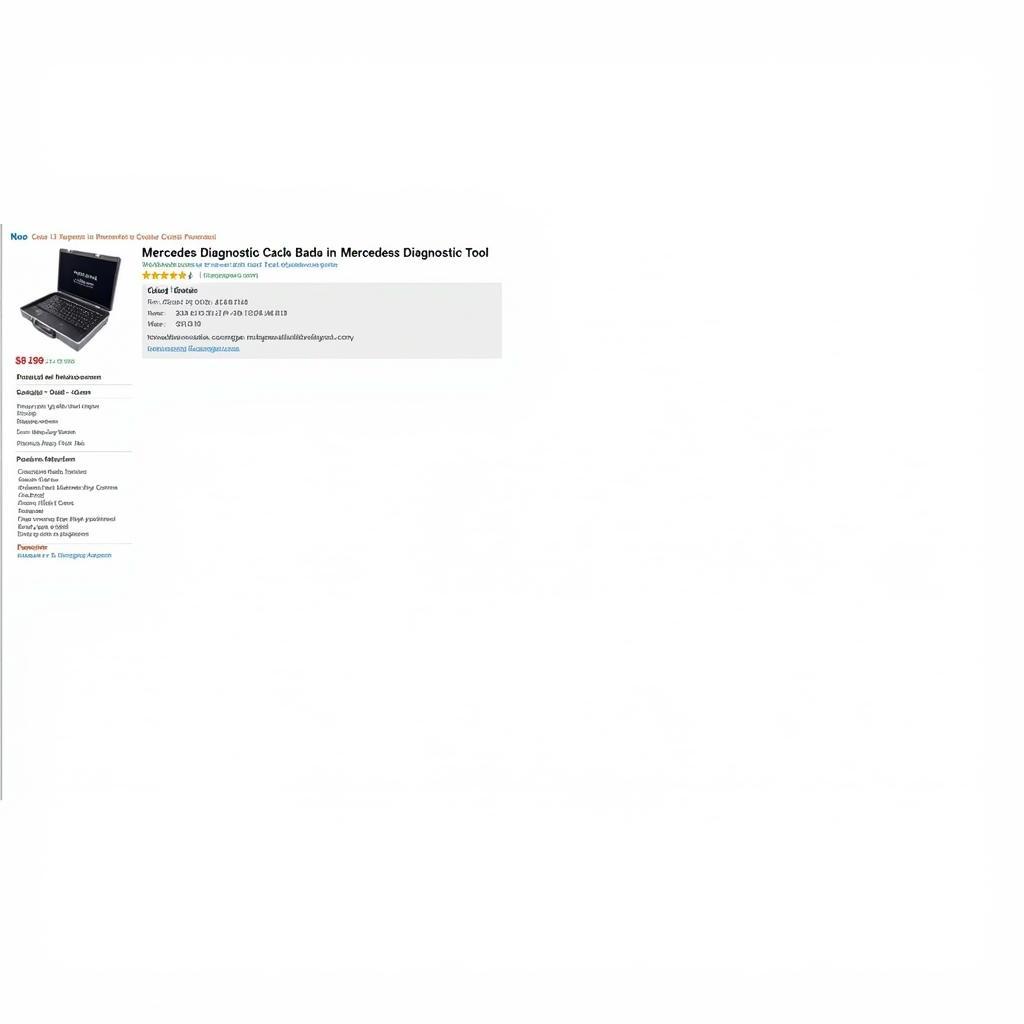
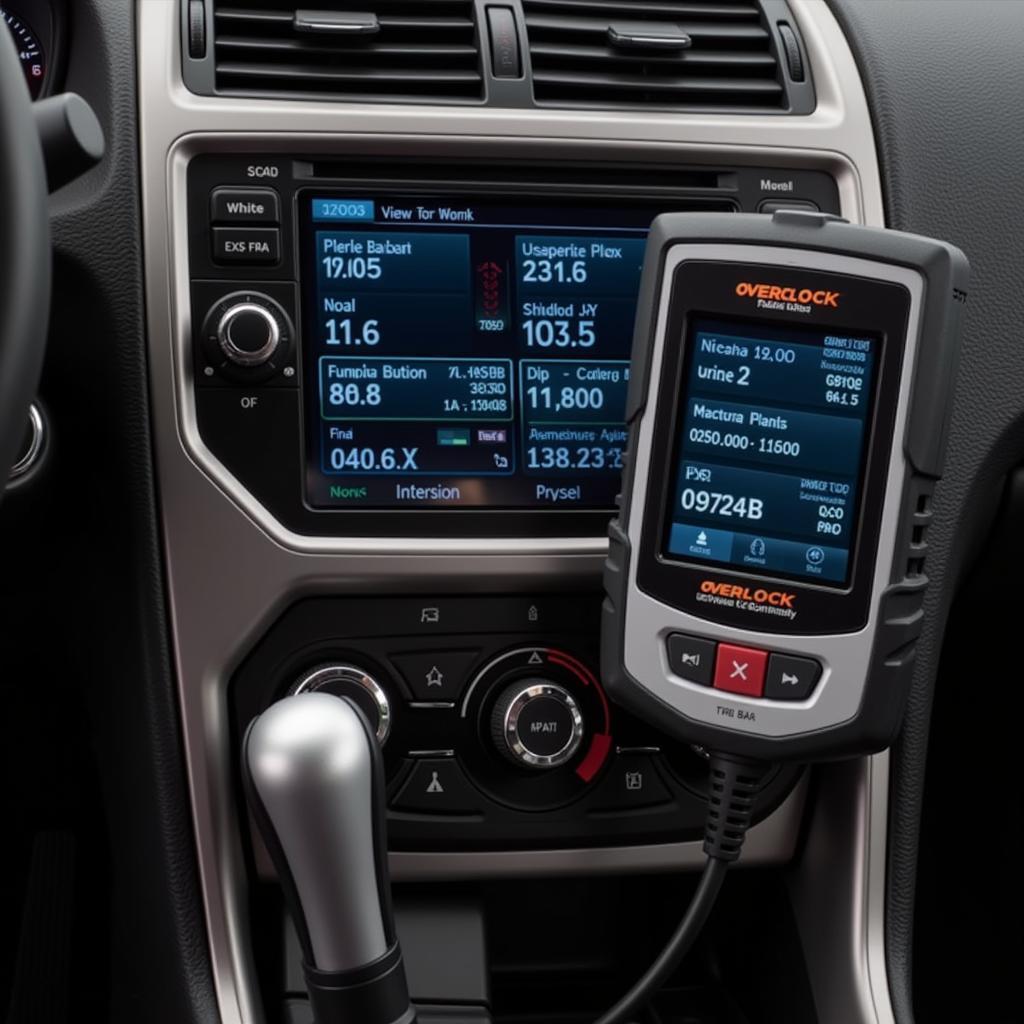
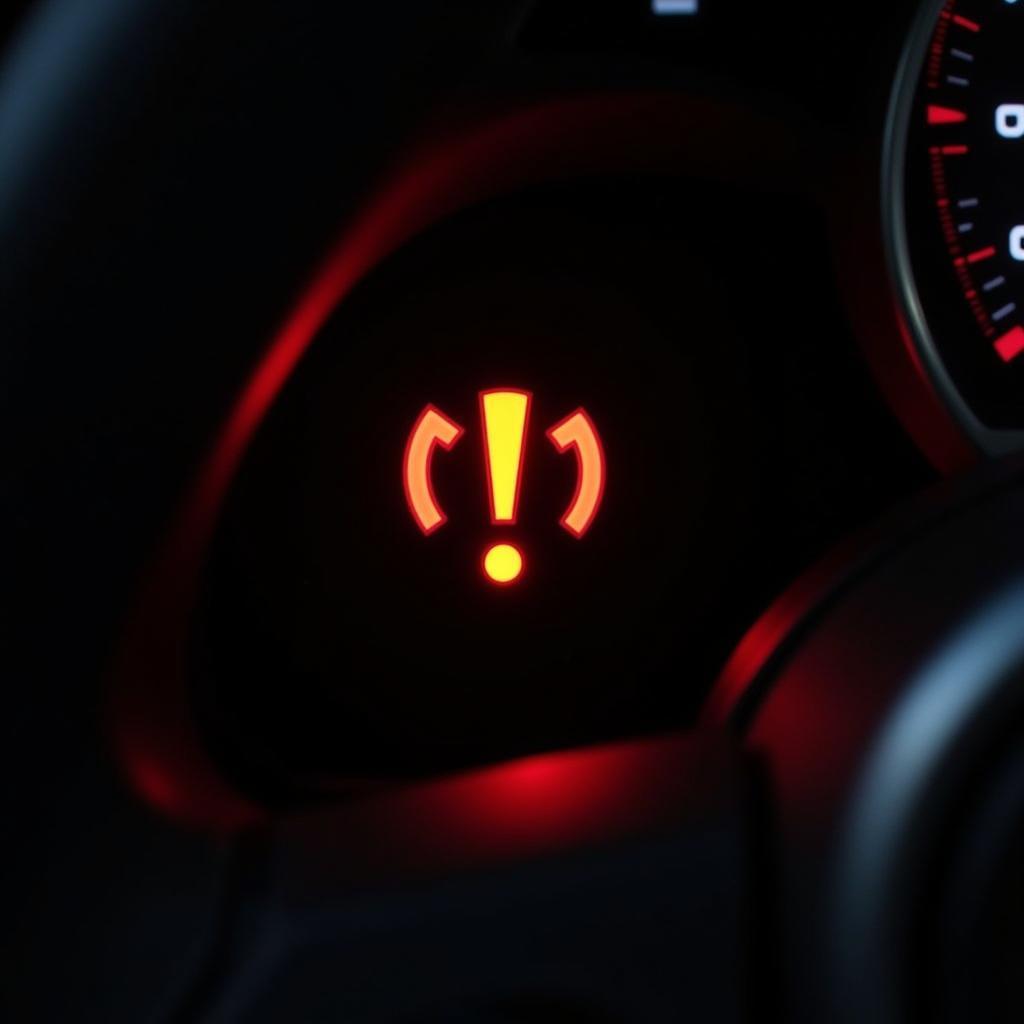
Pingback: Car Doesn't Start After Using an OBD Scanner: What To Do - Car Scan Tool